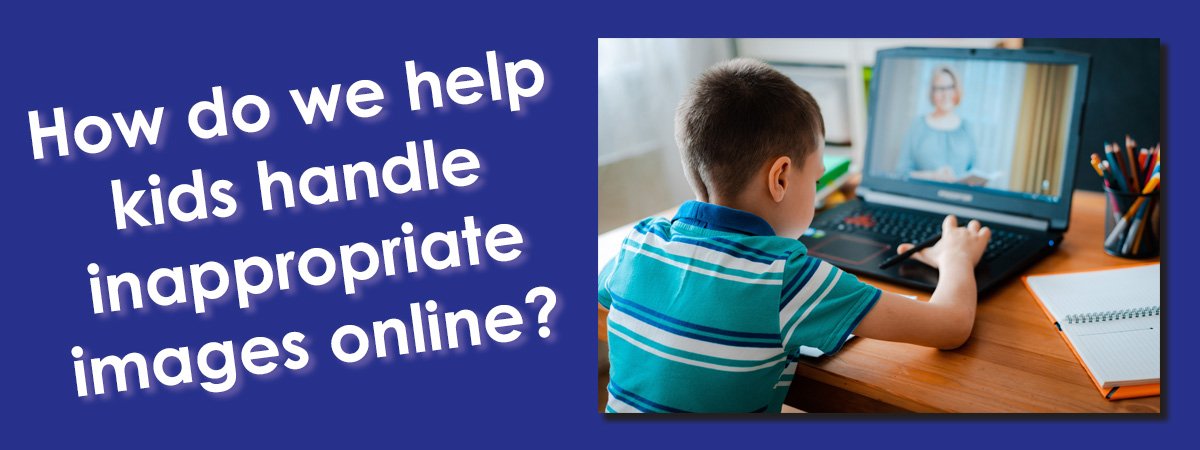

This past week a suicide death video went viral on social media. Most of the apps this video was viewed are sites predominantly used by children. When we hear stories like this, it is natural to feel heartbroken and worried about what our child may be exposed to. While our first response may be to immediately uninstall those apps on our child’s phone, I would encourage tactics that include vigilance, educating our children on reporting, and communication.
The most important strategy is to talk to our children. Ask them questions about their online world and engage with them. If you are watching a TV show where the storyline revolves around something negative that happened because of technology, ask your child what they think about that. When you make the conversation about others, instead of pointing your finger at what they are doing, they often hear us without becoming defensive and are more likely to critically think through the situation.
Don’t assume children are intentionally viewing something inappropriate. When I talk to children about what they look at online, because I keep in mind that most children aren’t seeking out inappropriate content, I realize they just stumble upon it. In fact, the algorithms online determine most of what is populated on their newsfeed. I think most of us can attest that if we see our child looking at something inappropriate online, our first response is to get onto them and take technology away, when it may have just popped up on the app or site they were using and they couldn’t look away. Our first response needs to be calm. Ask them what they are looking at and talk about your expectations for their internet use and about what they saw.
Keep in mind that most of the time if a child sees something inappropriate, it usually isn’t when there are adults present. As such, we need to have preventative conversations with our children. We can say, “If you see something online and it makes you feel sad, scared or confused, come and tell me. You won’t get in trouble, I just want to help you.” We have to honor that promise by staying calm and not panicking when a child does come and tell us. If you discover an instance where a child is actively searching for inappropriate content, I would encourage consequences based in love and conversation. Helping a child understand the dynamics of his/her online world can be more effective than punishment alone.
We all have heard the adage that something that is forbidden becomes irresistible. If we hear a news story where something bad happened on an app and immediately respond by taking technology and apps away from our children, they often end up getting more creative about using it and are less likely to tell you when they see something inappropriate online. A more effective strategy is to have conversations with children and stay actively engaged in helping them navigate their technology use.
It is important that we stay vigilant and set guidelines and expectations for internet use. Have rules about only using technology in the family room or a room where you can see them and set certain hours for when they can be online. Join them in their Internet games if they invite you or tell you about them. If they are opening up to you about what they do online, engage.
Lastly, we want to equip children with tools on how to handle inappropriate content. First, we want to encourage them to always come to us if they see something that is inappropriate or makes them feel sad, scared, confused or uncomfortable. In addition to talking to us, we can teach them how to report inappropriate content to the social media platform. With younger children, show step by step instruction on each app they use- where the report button is, how to shut down app/exit an image or experience that is inappropriate. Explain to your child that if anyone says something or shows them something that makes them uncomfortable or shows something sexual in nature, they must tell an adult. Adults can then report it to the cyber tip line at www.cybertipline.com. Emphasize that they won’t get in trouble for telling you.
Remember, there is no greater protection to our children than our relationship with them.
For more resources on talking to children about safety, please visit https://www.allianceforchildren.org/prevention-resources.
About the Author
Carol Logan is the Community Engagement Supervisor who has worked at Alliance For Children for 4 years. She loves working with schools and the community to schedule education. Her passion is prevention education because she knows it can make a difference. In her time outside of the office, she can be found spending time with her husband and newborn son.



